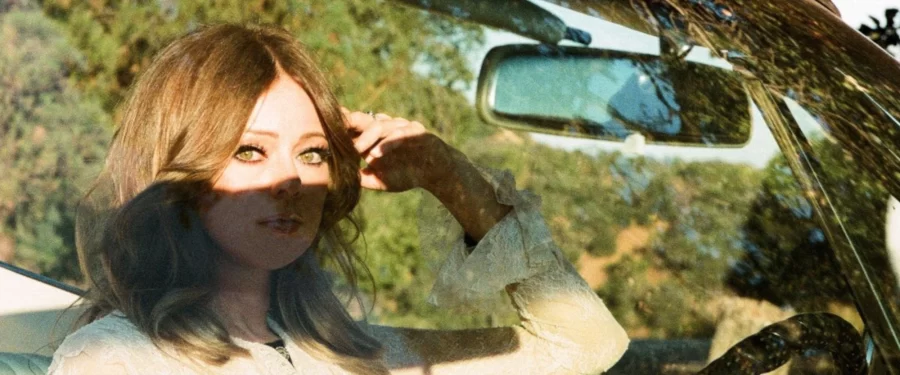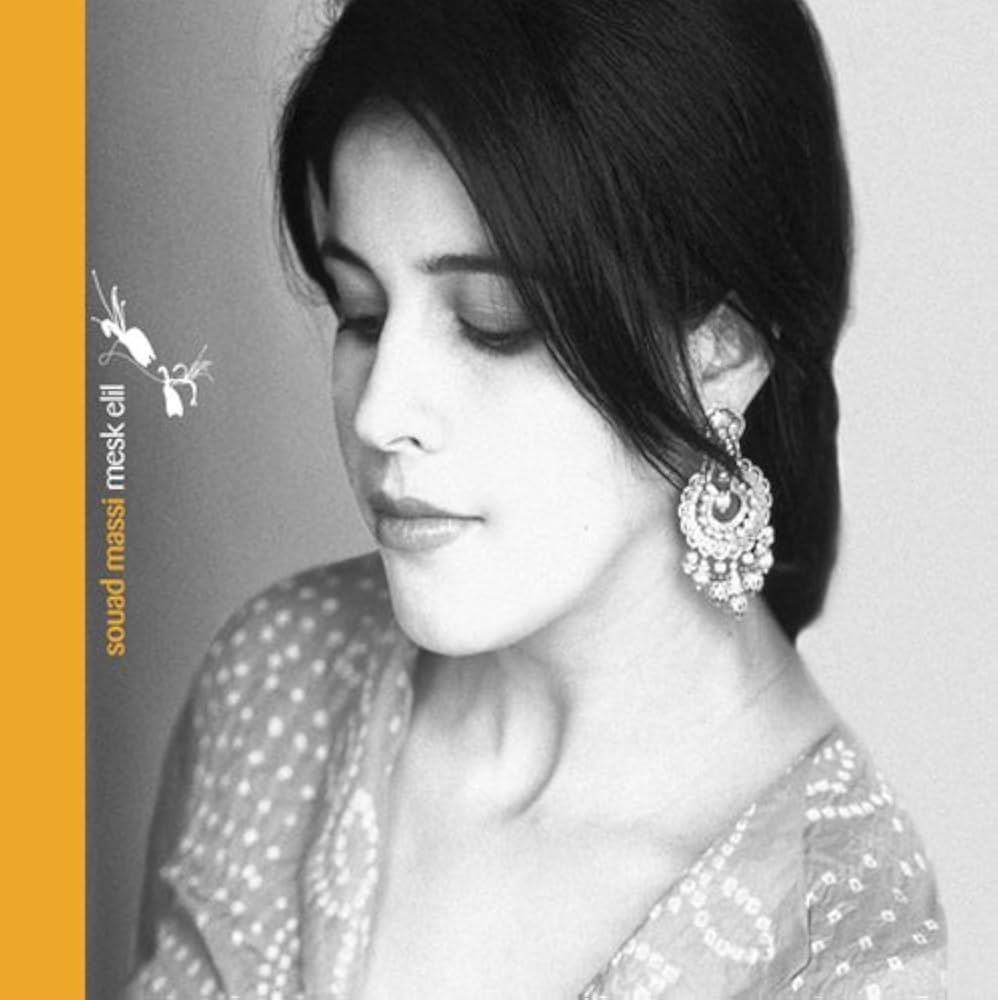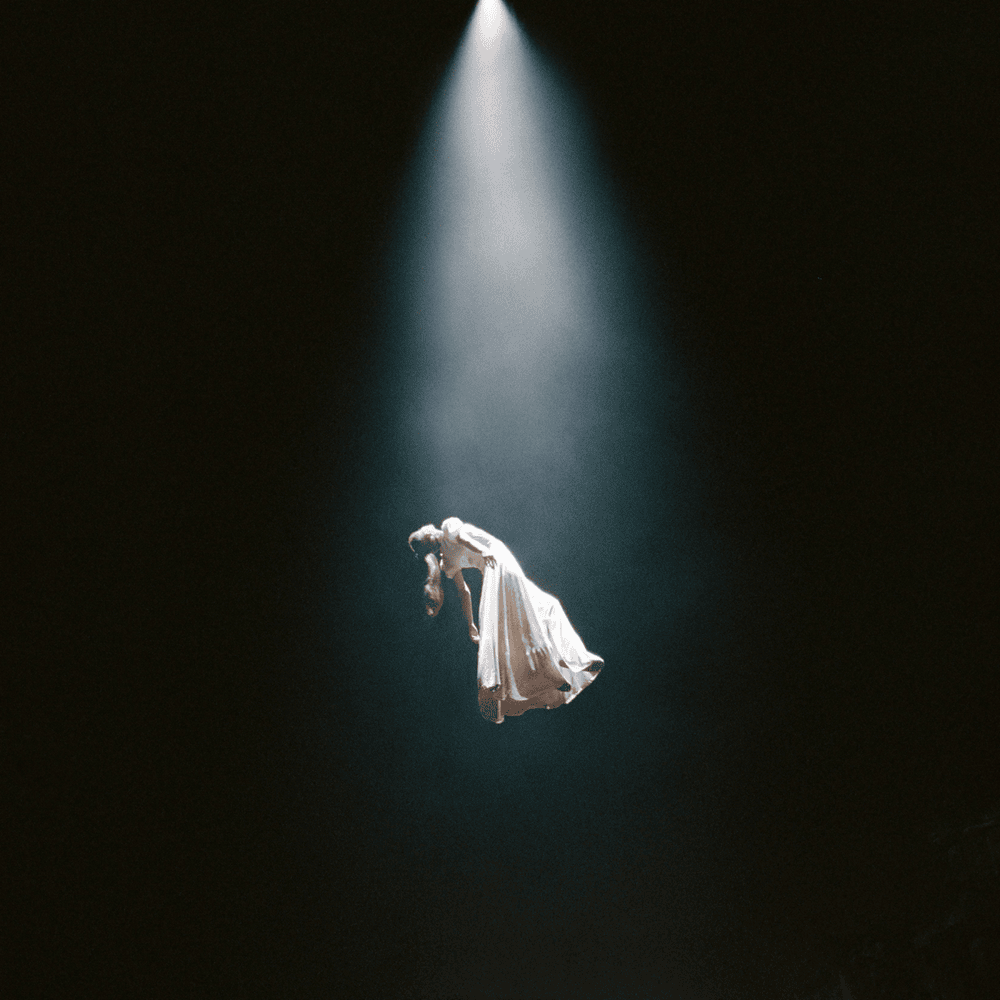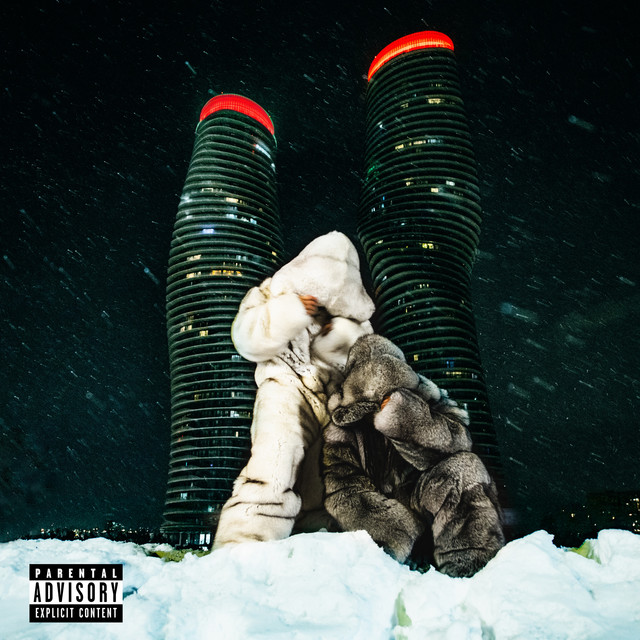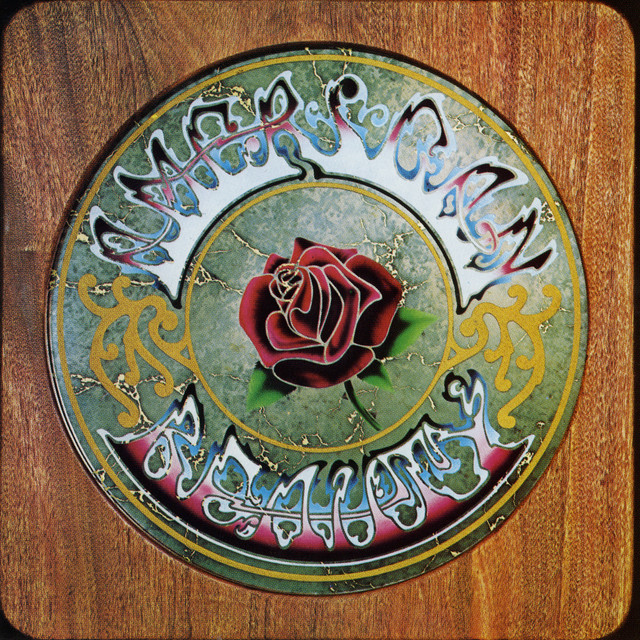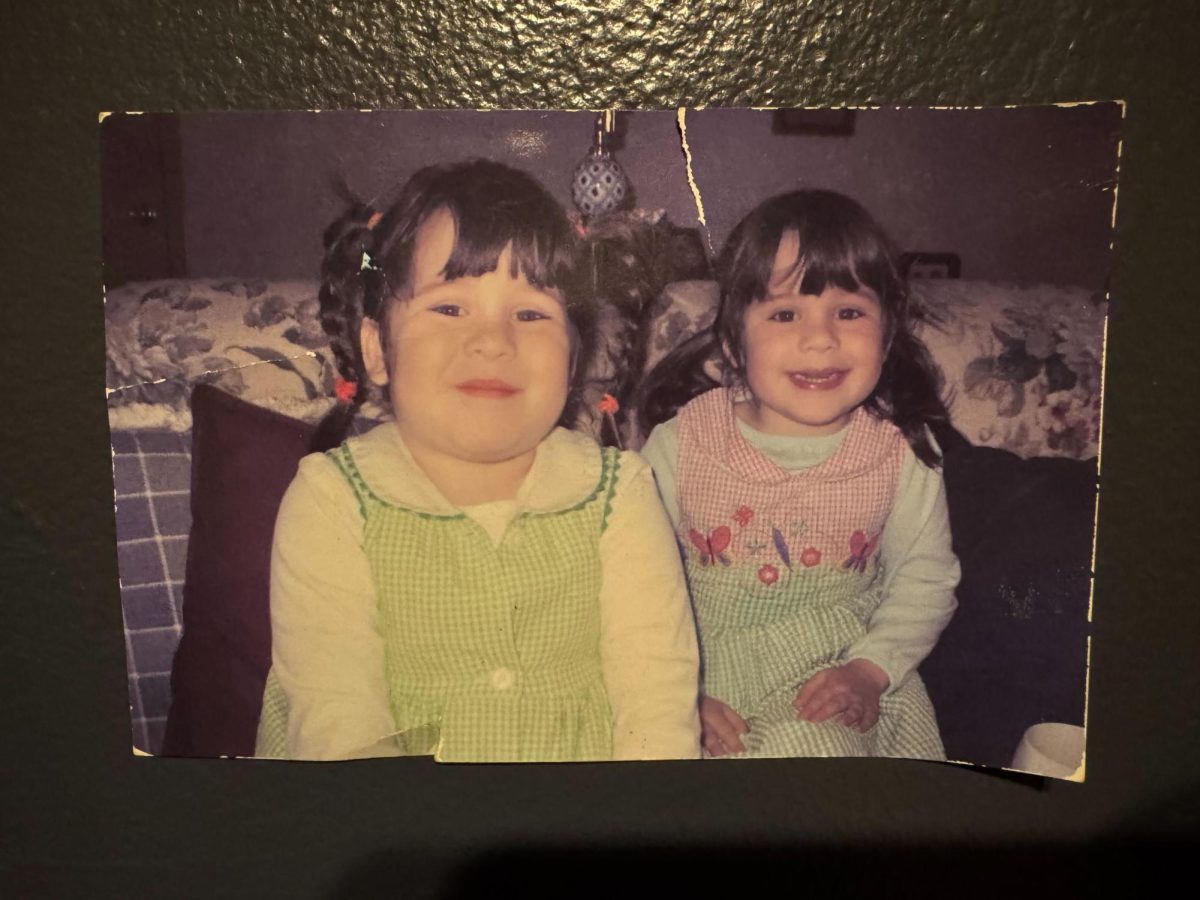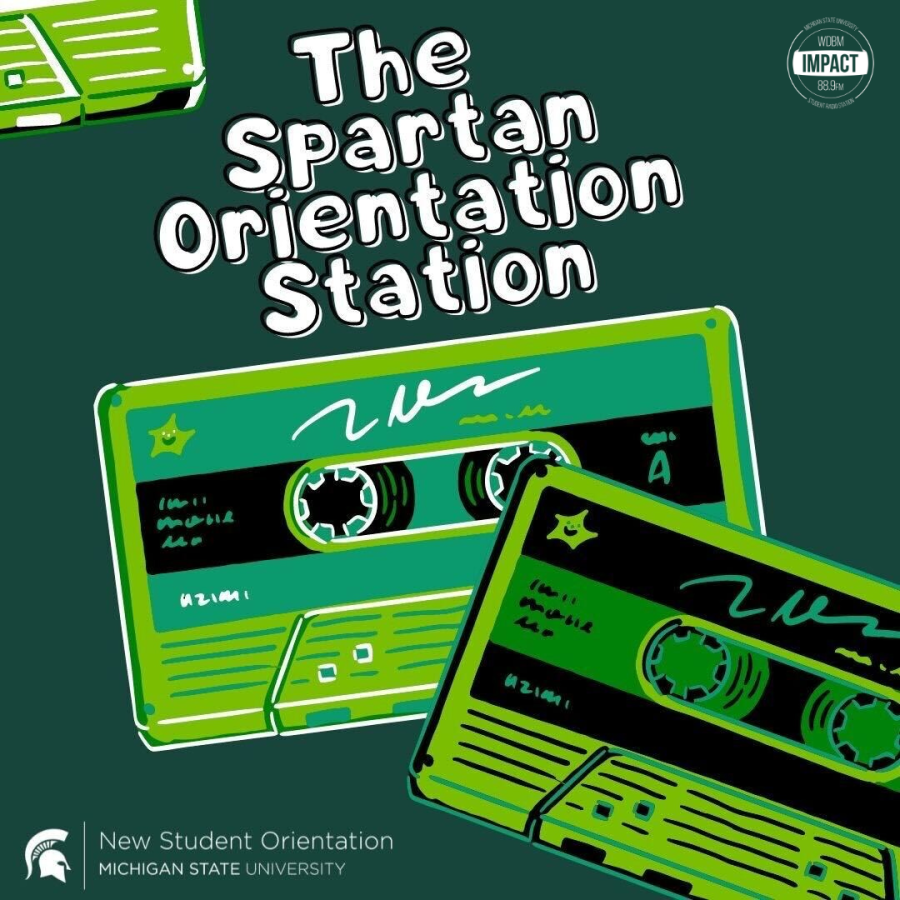Color Theory for Melodramatics | “Youth” by Ruth Radelet
October 22, 2022
I am a firm believer that the more emotional heartstrings a song tugs at, the better that song is. More often than not, I find that trying to drag out the emotional tugs across a project that is several tracks long ends up muddying the emotionality of the songs. Either that or they start sounding like each other. So when I was able to find Ruth Radelet’s The Other Side, an EP that serves me these melancholic songs that have enough variety from each other to keep me interested, it was something that quite literally made my week.
The entire EP explores different styles of emotional songs, with “Stranger” being an example of a more generic style of bedroom pop, and “Sometimes” featuring flavors of dream pop that are emblematic of Radelet’s former band, Chromatics. However, these emotional tugs are at their strongest on the EP’s final song, “Youth.”
The backing instrumentals on “Youth” happen to be the most simplistic on the EP, as nothing beyond a piano and violin can be heard. Radelet’s husky voice laments the loss of a lover. They were once tied together at the hip, with each person taking on elements of the other.
While the amount of lyrical content is minimal, Radelet consistently calls upon two vastly different images of the color blue. In the first verse, she refers to herself as a bird singing after bringing up the color. This immediately brings to mind bluebirds, of which there is an intercultural phenomenon known as the Bluebird of Happiness. According to this phenomenon, bluebirds are seen to bring hope and positivity.
The second verse showcases a rapid switch, calling to mind a sailor on the open sea, lost and overwhelmed. A short chorus breaks apart the two vastly different depictions of a blue relationship, where the cracks in the relationship’s façade begin to show.
“In this room there is no time /
Only words between the lies.”
“Youth” takes the message of the EP’s opening track, “Stranger,” and imprints it on a new situation. “Stranger” was written to reflect on Radelet’s isolation in Los Angeles, a feeling that she only felt there. “Youth” takes that feeling and showcases it in the context of a faltering relationship. From being a bird known for its quiet vocalizations to being adrift at sea, not everything in a relationship can be perfect. Relationships are multifaceted. What can be a seemingly happy, healthy and otherwise perfect relationship can be one that relies on lies and deceit to keep up the fragile façade. I should know, I’m the resident aroace at Impact.
As anyone with an interest in the visual arts can tell you, colors are likewise multifaceted in their meanings. Tumblr showed us this in full force with the now-iconic hospital redecoration fiasco. With “Youth,” blue can be shown in its serenity and calmness as a bluebird. It can also be shown by the vastness of the ocean. Similarly, it can be expressed by sadness.
It’s okay to feel blue sometimes. Similarly to “Youth” being fully aware that if a relationship isn’t working out, it is important to be aware of our own emotions. Even if things aren’t working out the way we want them to, expressing these feelings in a healthy way is perfectly okay. After all, a world without blue lacks too much to make it worth enjoying.



